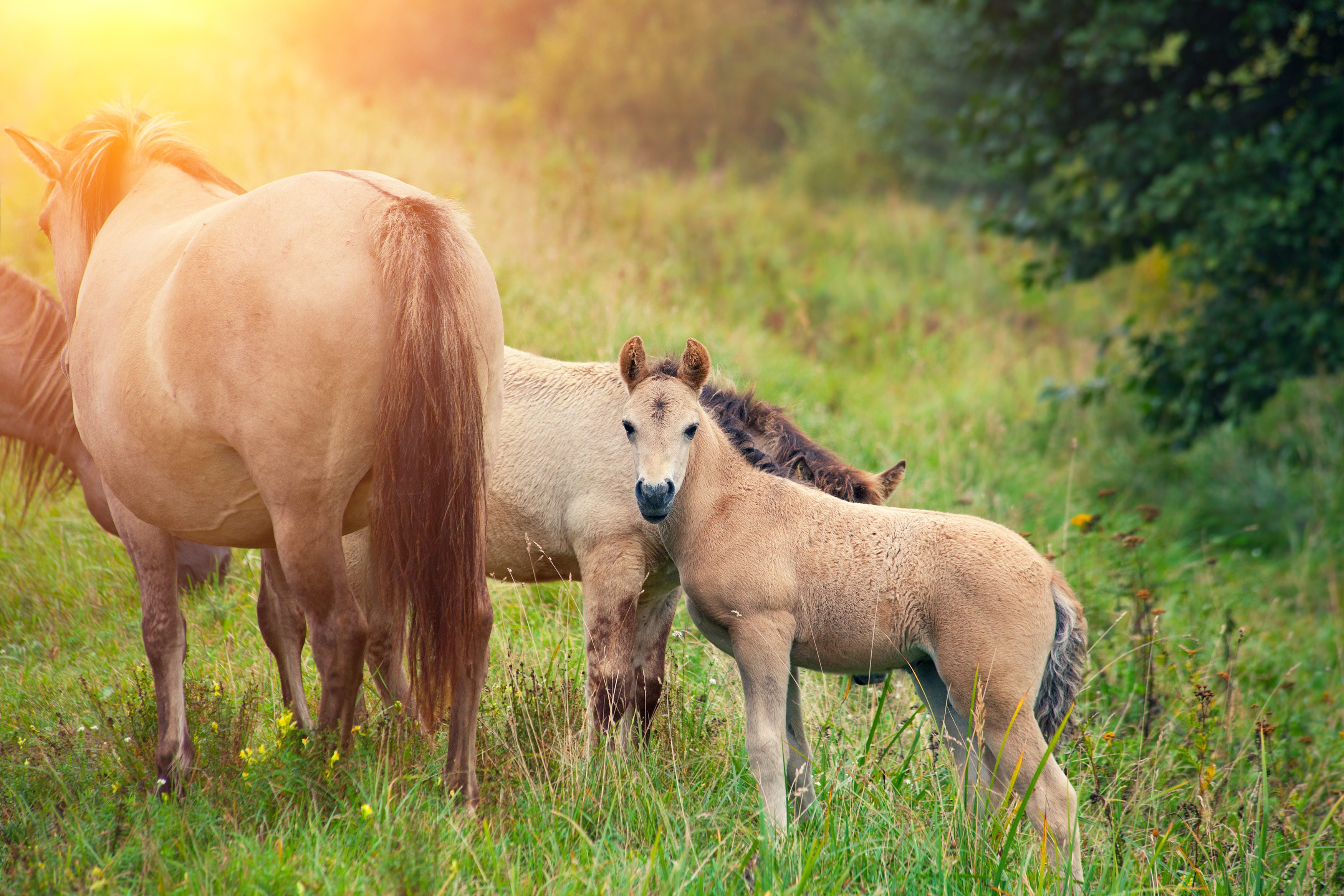
Reproductive Services
- Ultrasound
- Cytology
- Uterine Culture and Sensitivity
- Artificial Insemination
- Pre and Post Breeding Exams
- Post Partum Lavage
- I.G.G. Foal Testing
Now that your mare is in foal….
As the breeding season has come to an end on many farms, the focus shifts from getting your mare in foal to maintaining pregnancy and optimizing her chances of delivering a healthy foal next spring. While the general care for a broodmare early in gestation is similar to that of any other horse, there are some special needs to consider as the foaling date approaches.

NUTRITION
Pregnant mares during early to mid gestation require little if any special changes to their diet if they are in good body condition. During the last 3 months of gestation, the foal will gain more than half of it’s eventual birth weight, therefore, a gradual increase in quantity and/or quality of feed will be required to enable the mare to continue consistent weight gain throughout her pregnancy.
Additionally, it is important to remove the mare from all sources of fescue during the last 3 months of gestation. Most fescue contains a fungus that causes prolonged gestation, thickening of placental membranes and inhibits milk production.
VACCINATION AND DEWORMING
Preventive health care measures are important for optimal performance in all types of horses. Maintaining a current vaccination and deworming schedule for your broodmare is vital to ensure the health of both the mare and foal during gestation and the immediate post-parturient period.
Rhinopneumonitis is caused by a Herpes virus–one of which causes abortions. Maintaining adequate protection against “rhino” requires inoculations during the fifth, seventh and ninth months of gestation. Broodmares should be vaccinated for Eastern and Western Encephalitis, Tetanus, Influenza and West Nile one month prior to foaling to insure that colostral antibody levels are adequate for passive transfer.
While regular deworming is recommended (every 6-8 weeks), it is not advisable to deworm your mare during the first 60 days of gestation when the fetal organs are forming, nor during the last 30 days of gestation.
A recommended gestational timeline is summarized in the table below.
| Month of Gestation | Action Required |
| 5th Month | Deworm, 5-month Rhino shot |
| 7th Month | Deworm, 7-month Rhino shot |
| 8th Month | Remove mare from fescue Provide adequate nutritional support to maintain gradual weight gain through the remainder of gestation. |
| 9th Month | Deworm, 9-month Rhino shot |
| 10th Month | Eastern/Western Encephalitis, Tetanus, Influenza and West Nile Vaccination |
Care of the Newborn Foal
A first priority in keeping our new foal from getting sick is navel care. During fetal development, the umbilical cord is the foal’s lifeline. Within the umbilical cord are two umbilical arteries, one umbilical vein, and the urachus-the extension of the urinary bladder which allows the fetus to void urine. Shortly after birth, the umbilical cord breaks. The umbilical stump remains, thus leaving a potential access point for environmental pathogens to gain access to our newborn foal. Navel ill, or omphalophlebitis, is the term given to an infection of any or all of the structures of the umbilical stump. Unfortunately, many umbilical infections do not self contain to the umbilical area. Because the umbilicus is made of a vein and two arteries, navel infections can travel up the stump and enter the bloodstream leading to septicemia, potential growth plate and joint infections and possibly death.
So what can we do to protect our new foal from such a horrible disease? The answer is simple-Keep things clean! The first thing we recommend to our clients is dipping the umbilicus with a dilute Nolvasan (generically known as 2% Chlorhexidine) solution as soon as possible after birth and then 3 times daily for the first 2-3 days of the foal’s life. A good dilution is 1 part Nolvasan in 4 parts water. This makes a fantastic disinfectant which is not irritating to the delicate umbilical tissues. Never dip the umbilicus in strong iodine! Current research shows that iodine can actually kill some of the tissues of the umbilicus, leading to delayed umbilical healing which can increase the risk of umbilical infection.
The second thing I recommend is cleaning the stall. Replacing wet bedding with fresh, dry bedding will greatly reduce the likelihood of the foal being exposed to environmental bacteria when it lies down.
Finally, contact your veterinarian. It may sound like a shameless plug for business, but the truth is, the vast majority of 3 day old foals with navel ill were foals who did not absorb adequate antibodies from their dam’s colostrum (failure or passive transfer) during the first 24 hours of life. A simple stall-side blood test when the foal is 12-24 hours old can tell your veterinarian if the foal’s immune system is weak, thus at increased risk for future infections. Prompt preventative action can then be taken which will strengthen the foal’s immune system and help reduce the risk of neonatal illness.
A new healthy foal can make all of the work done the previous breeding season worth while. A sick foal, on the other hand, can ruin your year. Getting off on the right foot with umbilical care and a simple antibody screening test will help prevent serious setbacks in your foal’s healthy development. If you have questions about your new foal or a concern regarding the health and well-being of any of your horses, do not hesitate to call our clinic. A veterinarian will be glad to assist you with all of your equine medicine, lameness, surgery or reproductive needs.
[raw_html_snippet id=”calculator”]

